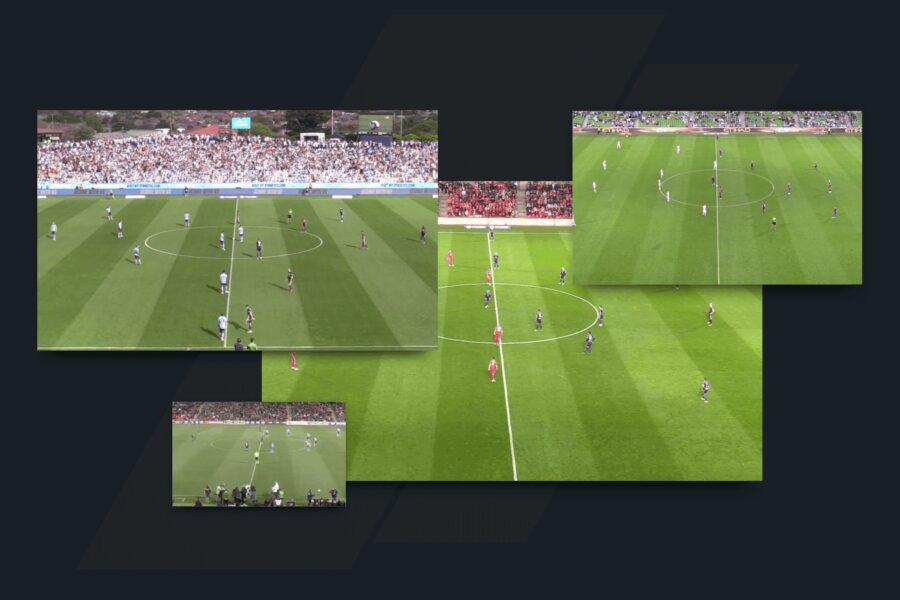The latest release of Hudl Sportscode includes the first phase of exciting new features around multigame analysis.
Long-term users know Sportscode can be used live for making tactical adjustments and across the course of a season for both match analysis and player recruitment.
Databasing has always been the cornerstone of this analysis. It's been a great mechanism for collating moments of interest from multiple games, either for further analysis, presentations or sharing to other members of your team.
However, like some other legacy workflows in Sportscode version 11, databasing hasn't kept up with the growing need for analysis of larger data sets. The performance of databasing has been acceptable for preparing a scouting report of simple statistics across a few games. But now that teams are incorporating more data from third-parties, and making more use of Sportscode for recruitment and analytics, acceptable no longer cuts it.
Hudl Sportscode takes multigame analysis to the next level—both in terms of performance and insight. A Sportscode database now has a distinct package structure that is optimised for fast analysis across a whole season, rather than it just being a simple video package. You can view and edit standalone and reference databases as a table, similar to a sorter, which makes for simpler editing of labels and notes.
For those who use databasing simply to remove unwanted “dead” time, this feature will also be available in a future release.
The new find feature now provides dynamic feedback as you build up your query. The moment you specify your data source, it provides a list of clips that updates as you modify your search criteria. Those familiar with moments filtering on Hudl.com will recognise the powerful yet simple graphical interface, which allows coaches, analysts and video coordinators to quickly find relevant instances. It also finds them faster than in version 11, and performs better across a larger number of games.
The first release of multigame analysis provides a platform for future enhancements, such as textual query language for more complex searching (including numeric values in a range) and the ability to save and reuse searches. It also lays the foundation for the much-requested ability to execute an output window across a folder of matches, removing the need for time-consuming workflows involving databasing and combining timelines. As the Sportscode, Hudl, DVMS and Wyscout platforms become more connected, you’ll have opportunities to do large-scale analysis that combines the power of Sportscode scripting with the world's largest repository of video and data for sport.
The rollout of multigame analysis starts with basic databasing and find functionality in late August. More features will become available via biweekly updates in the coming months.
You can now download the latest version of Hudl Sportscode.
